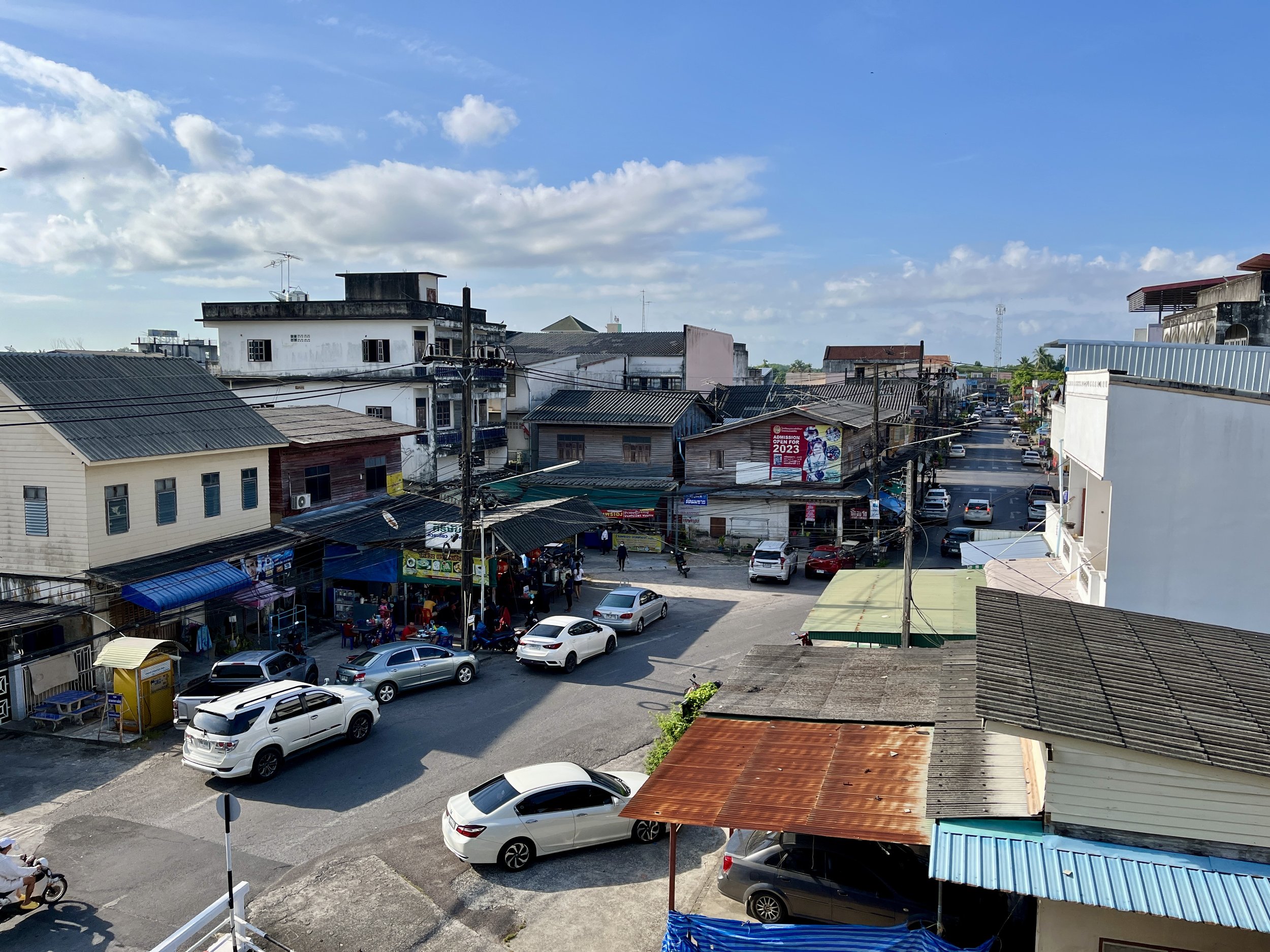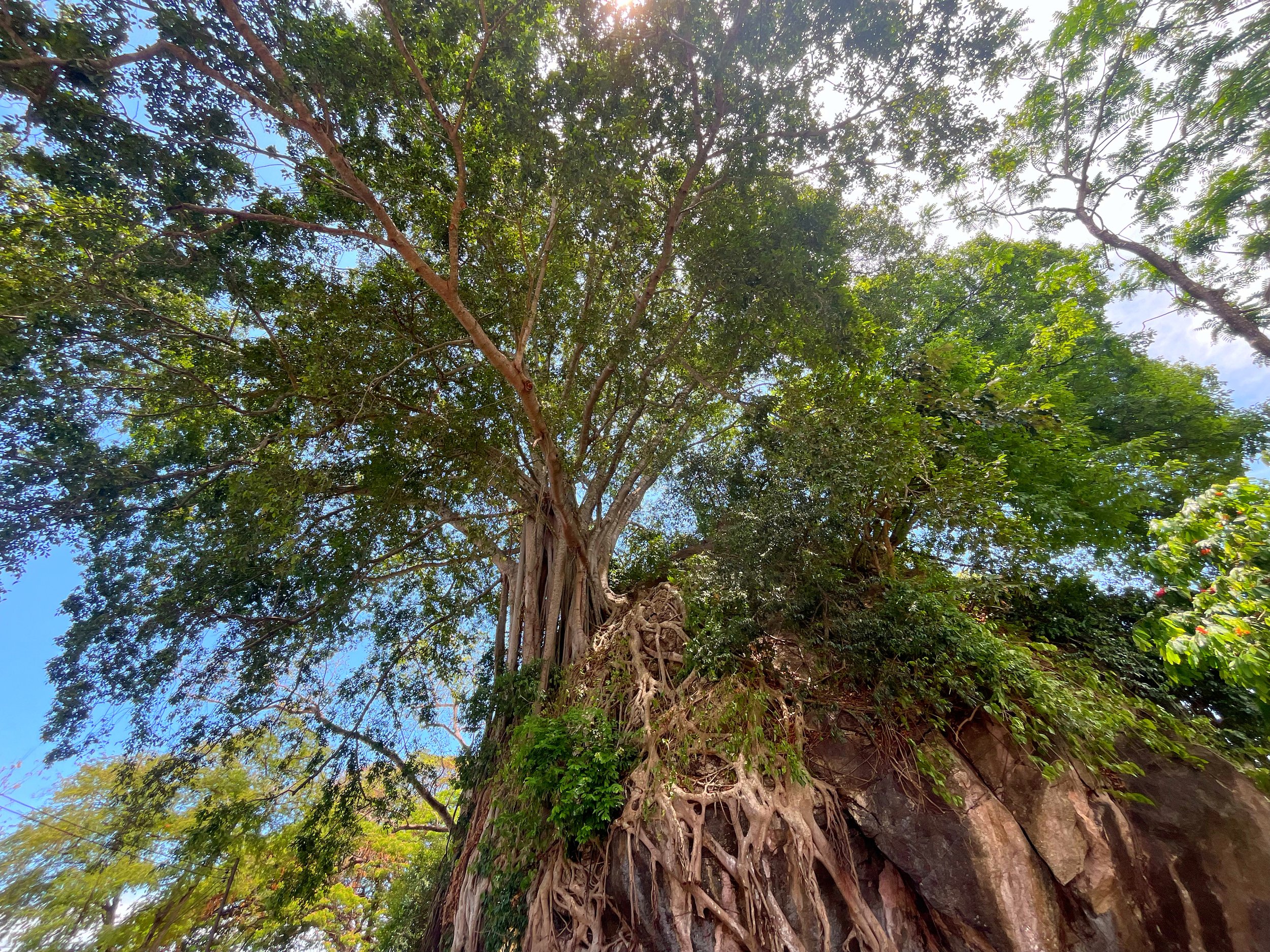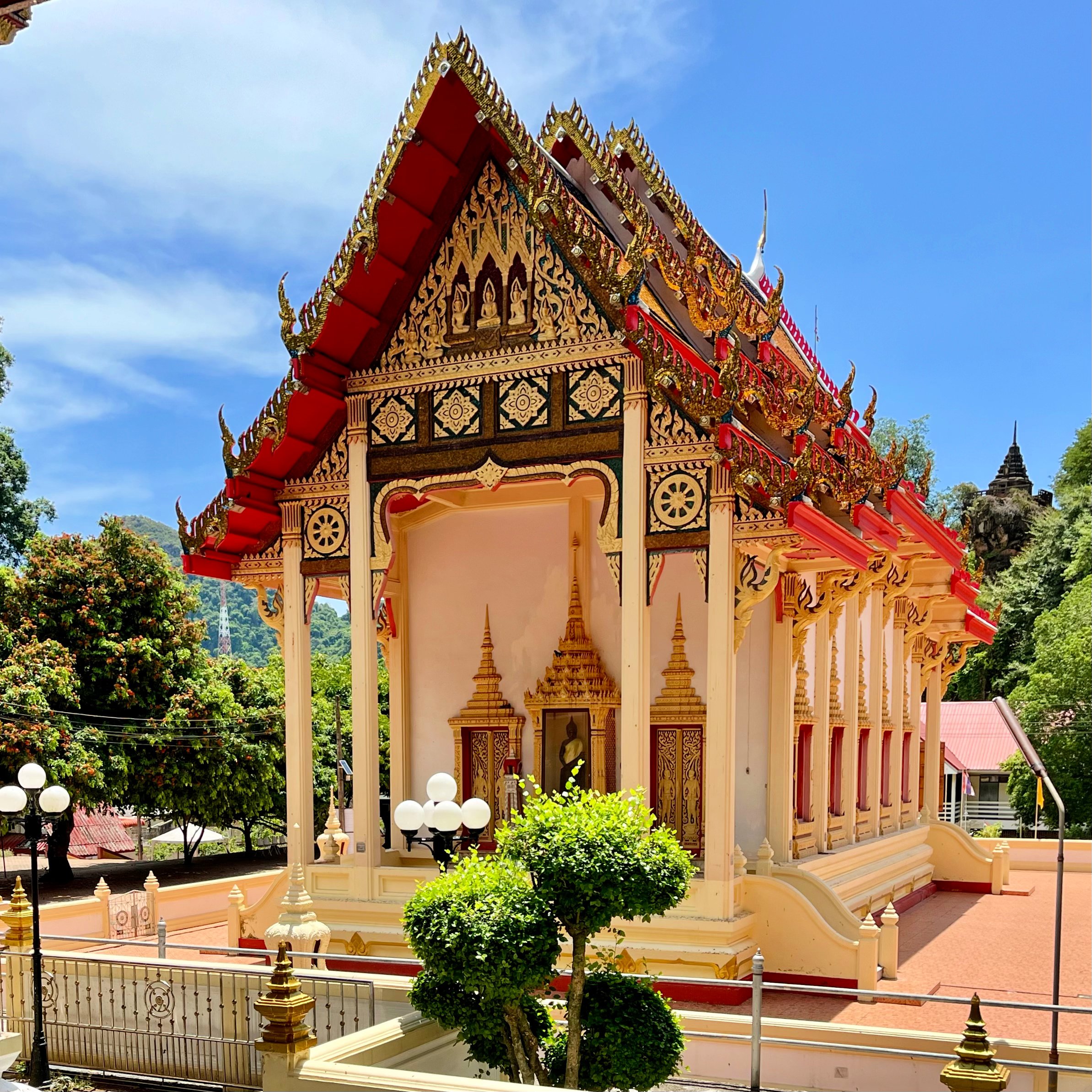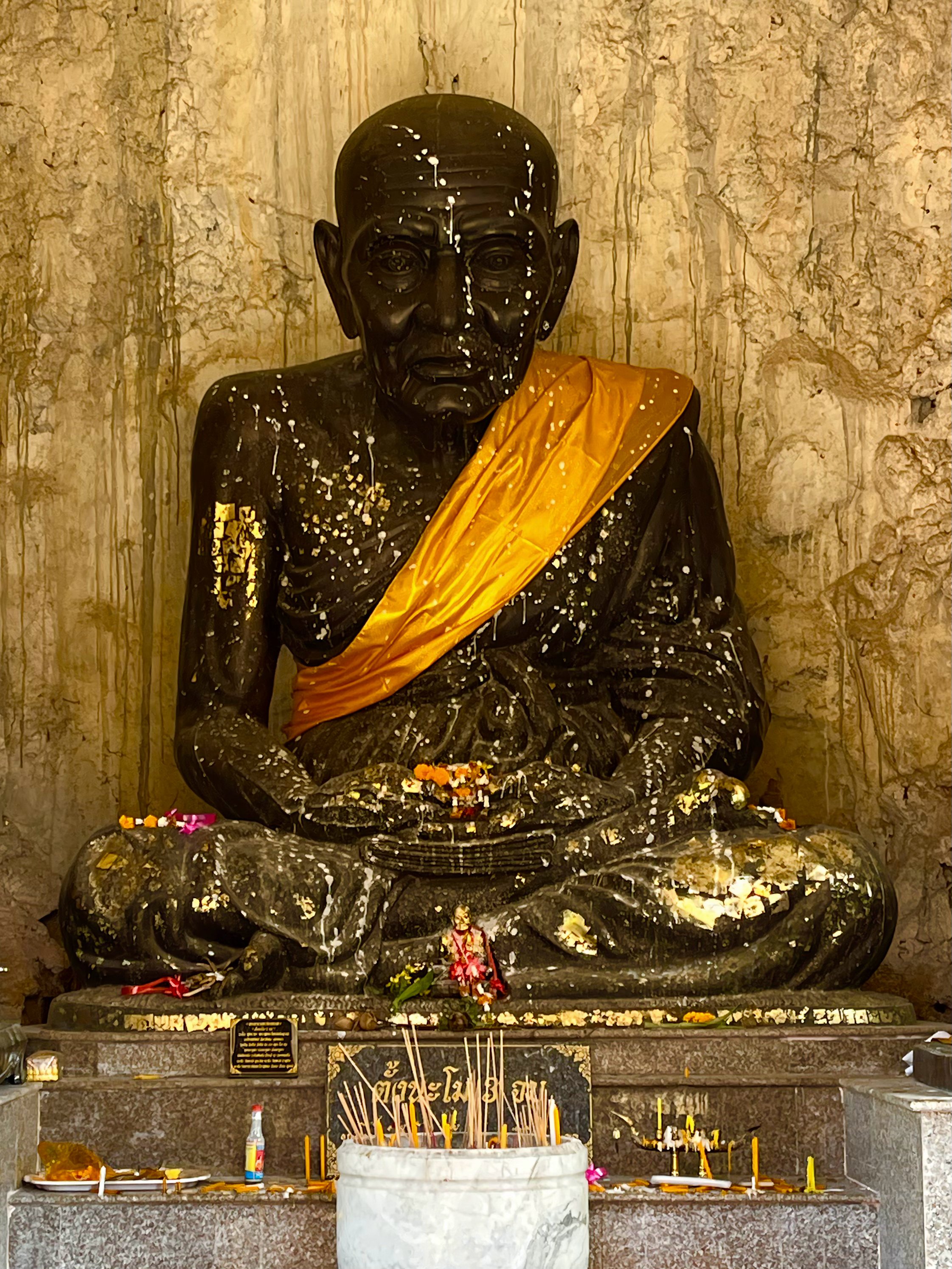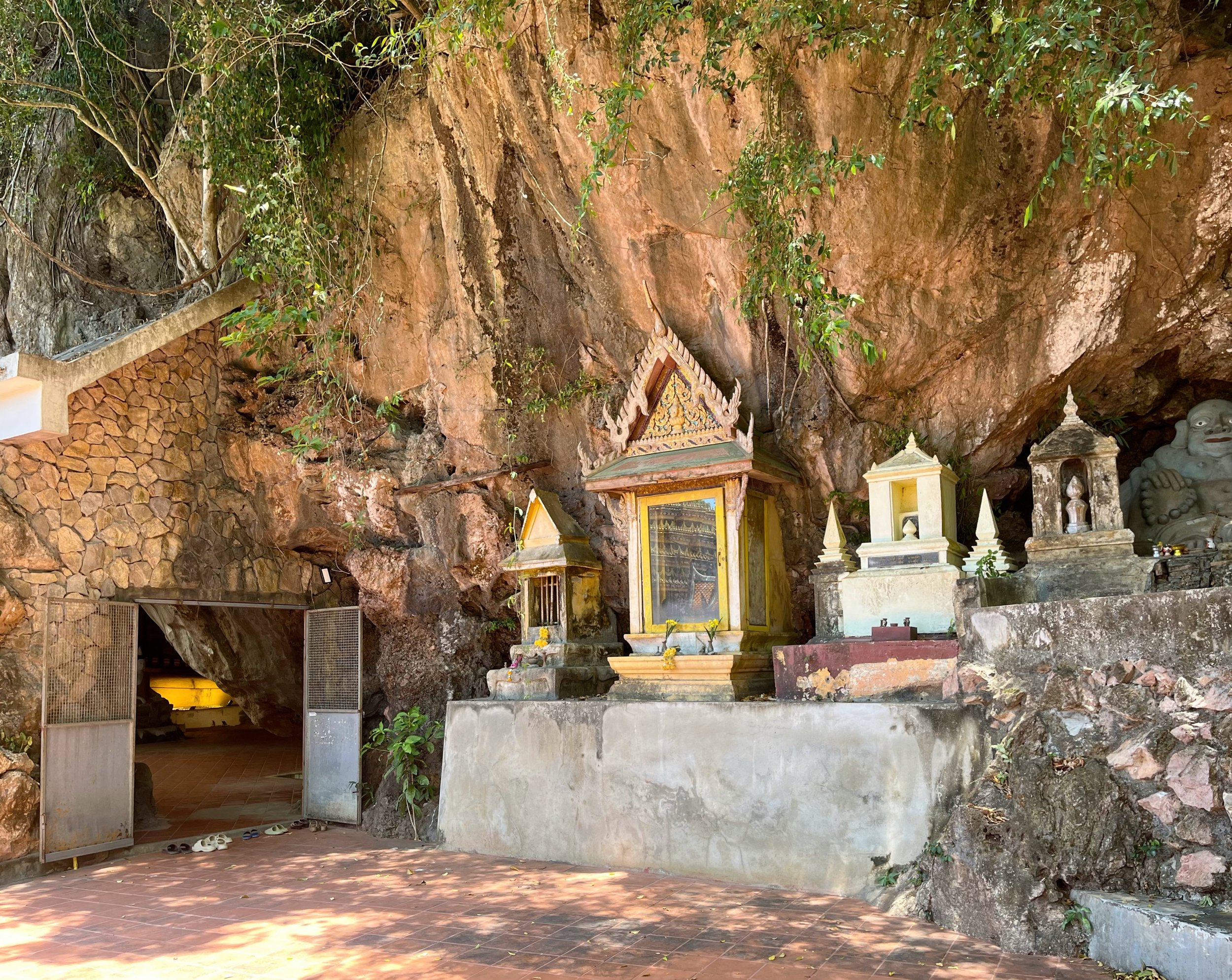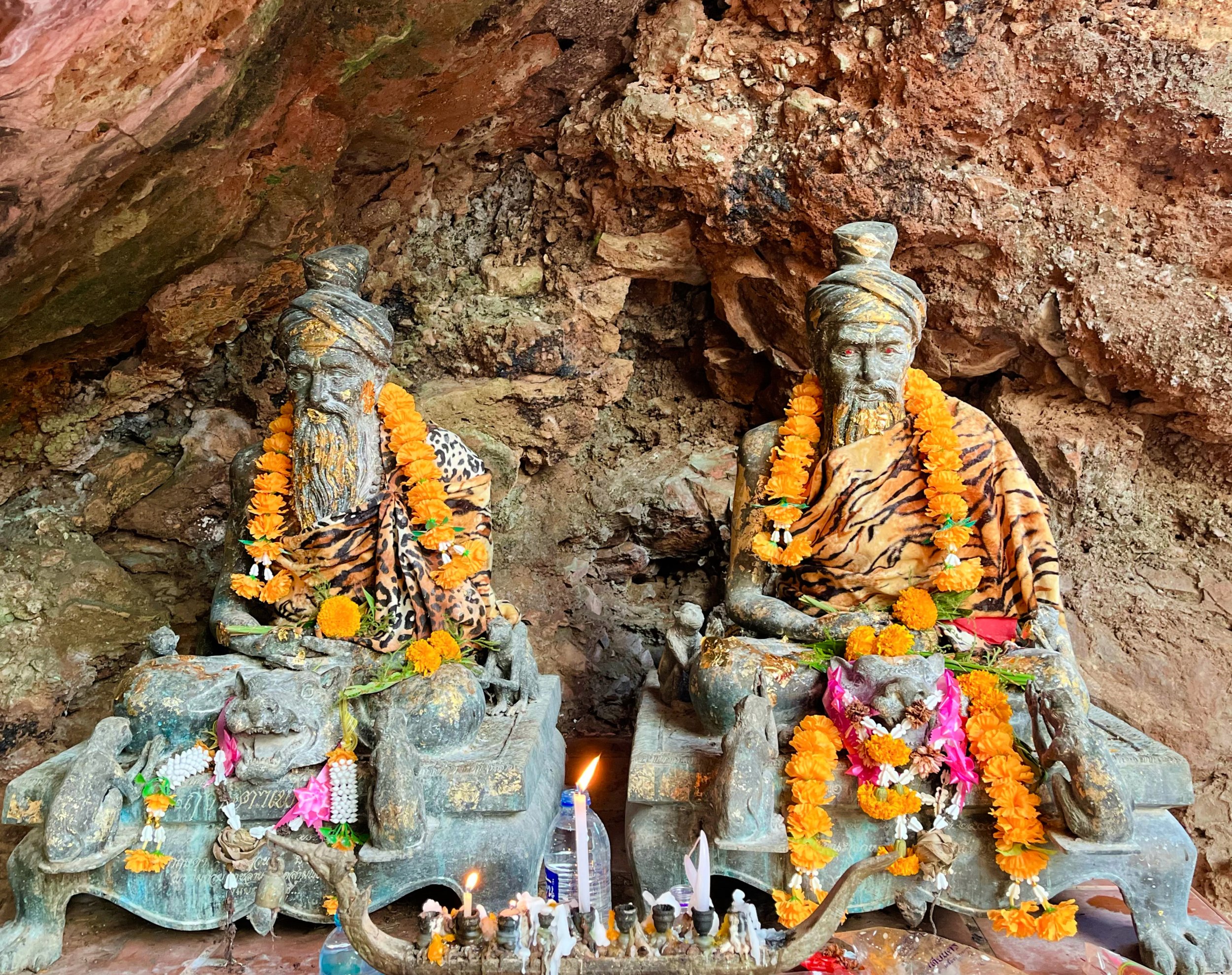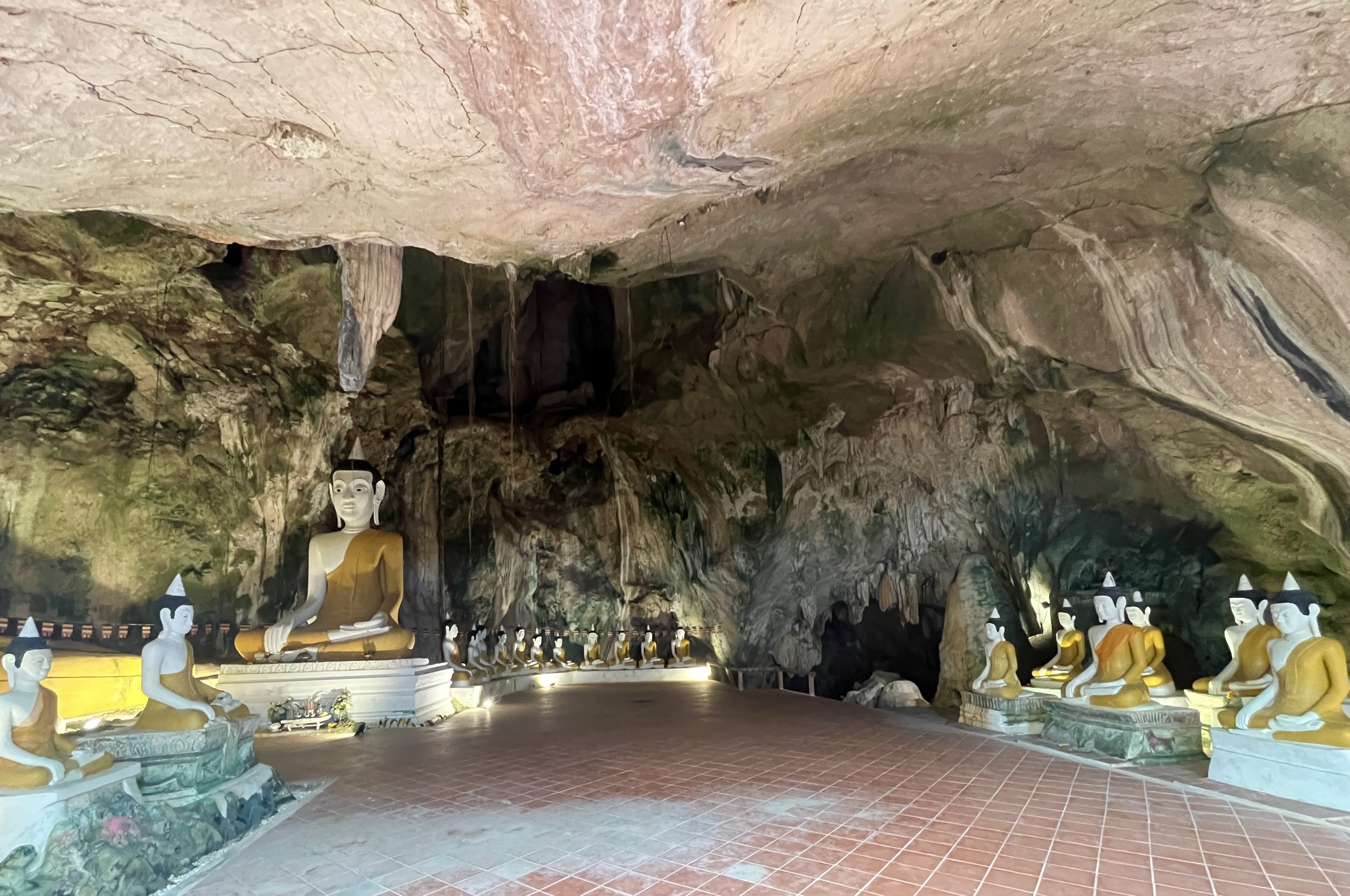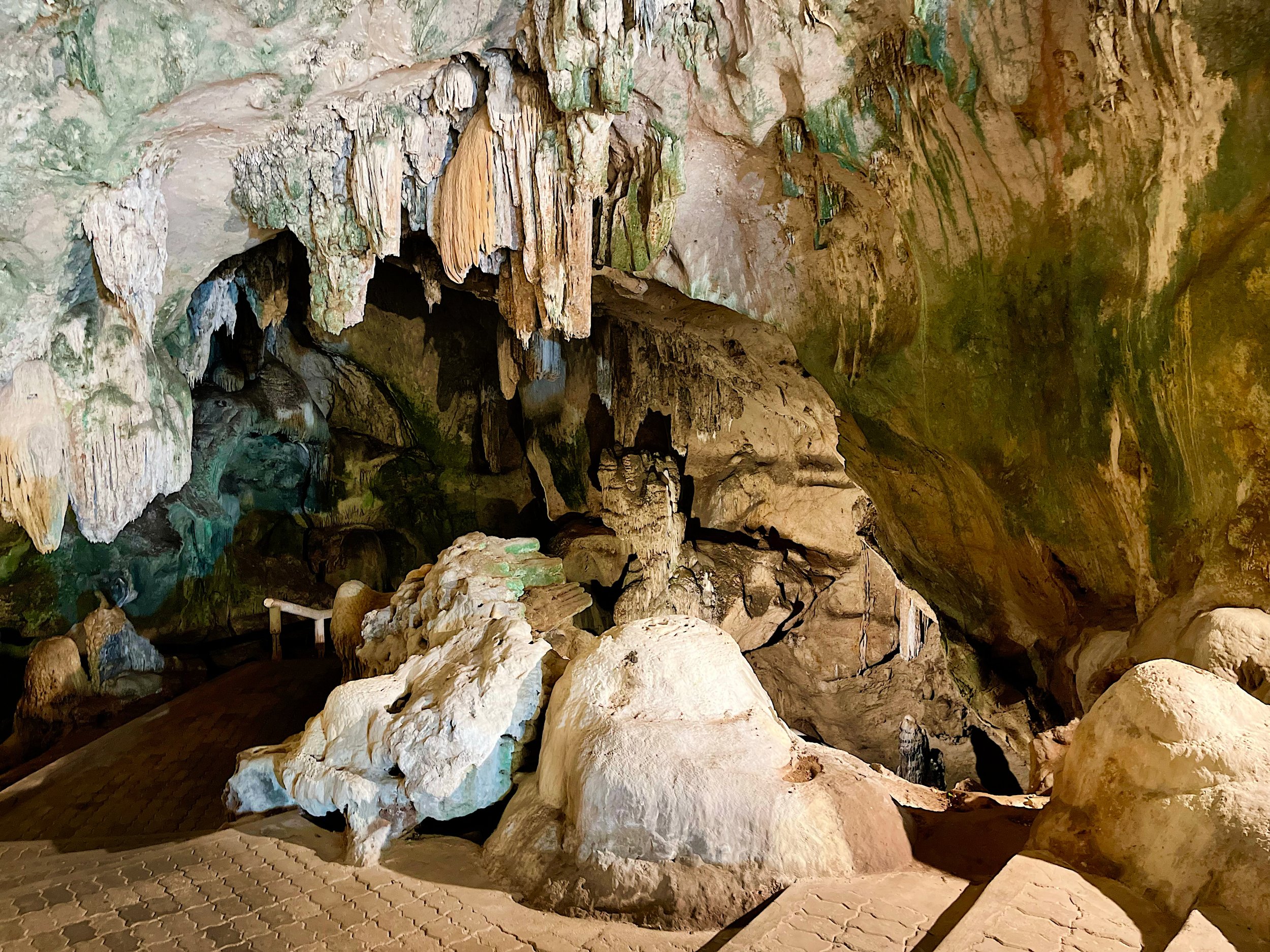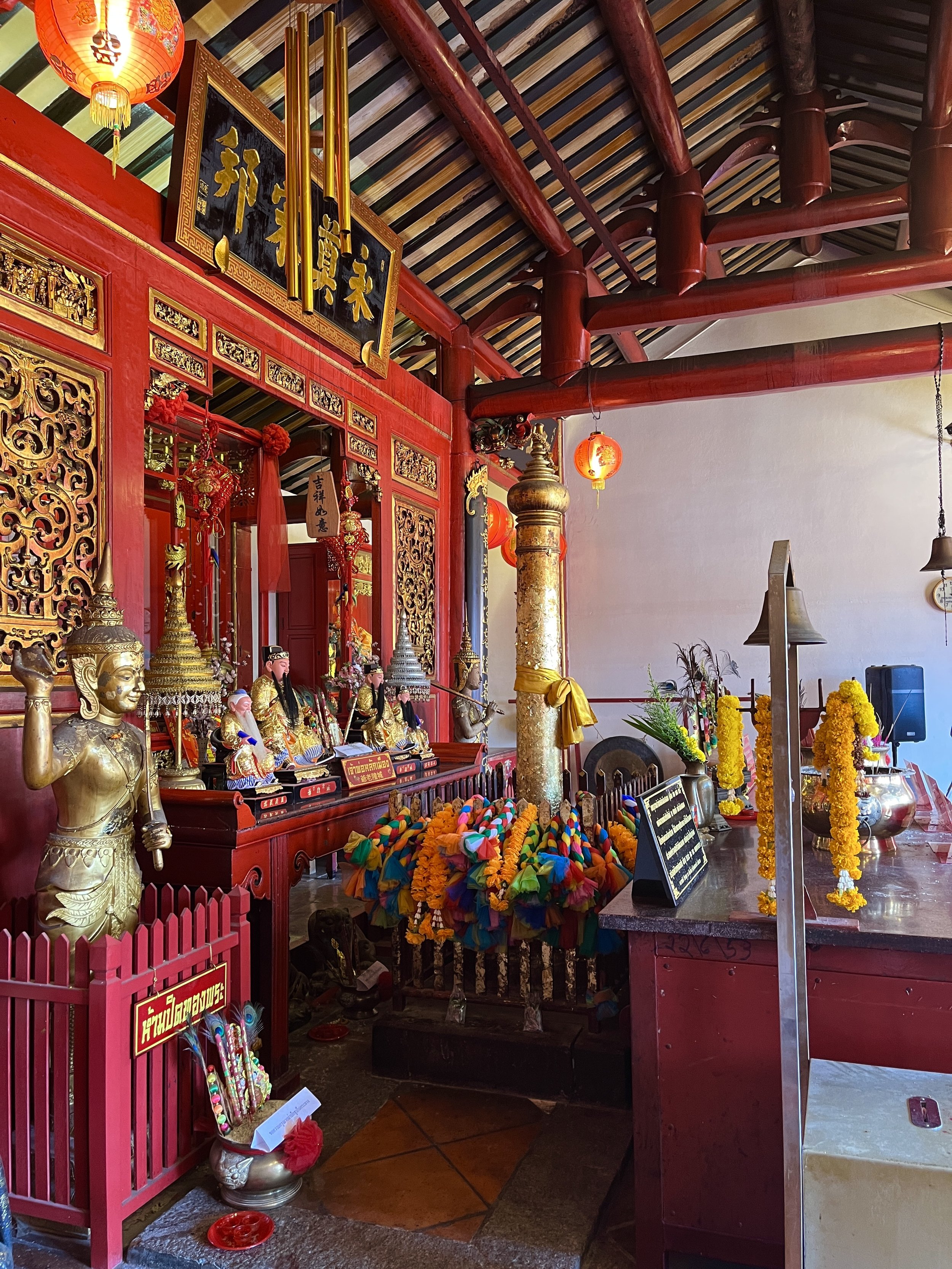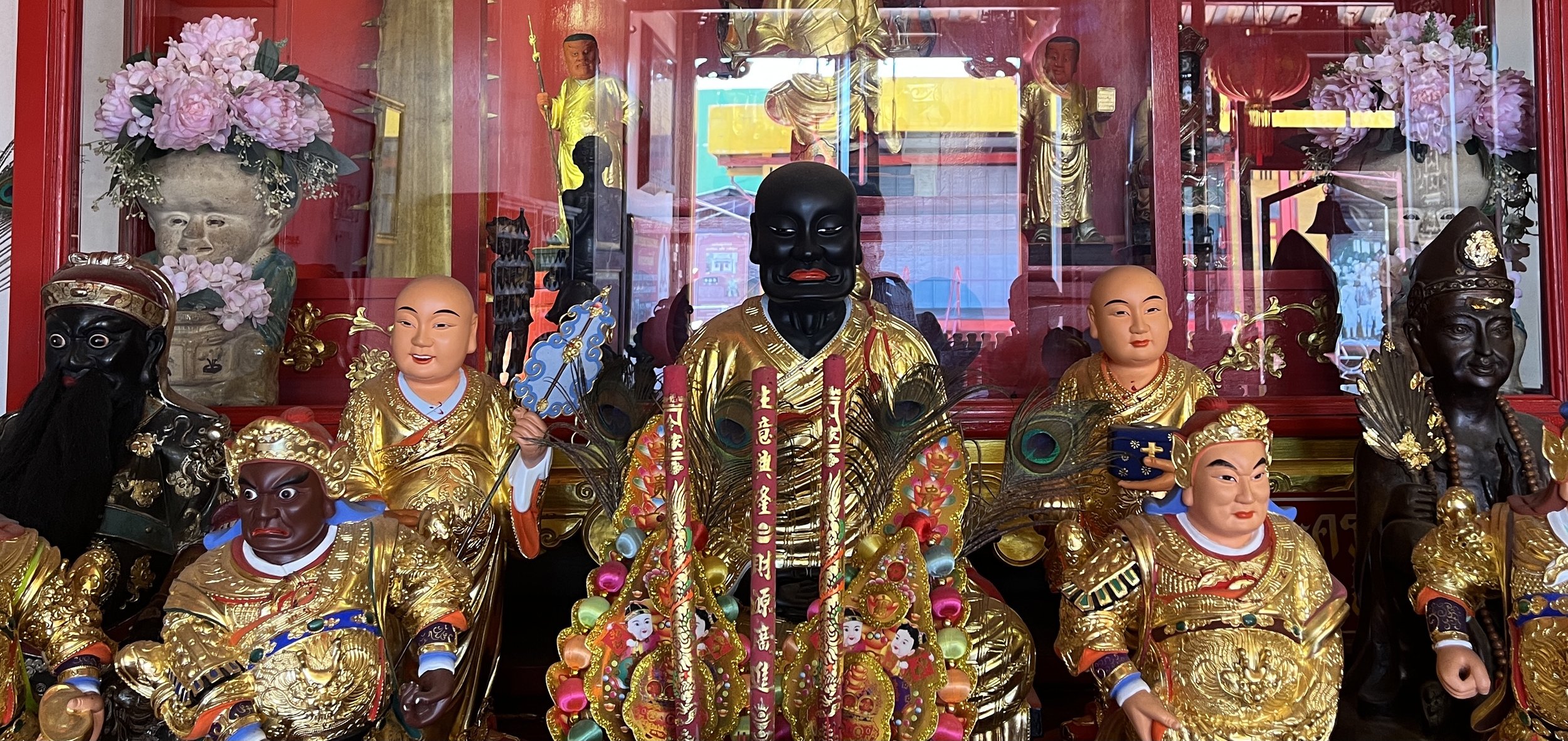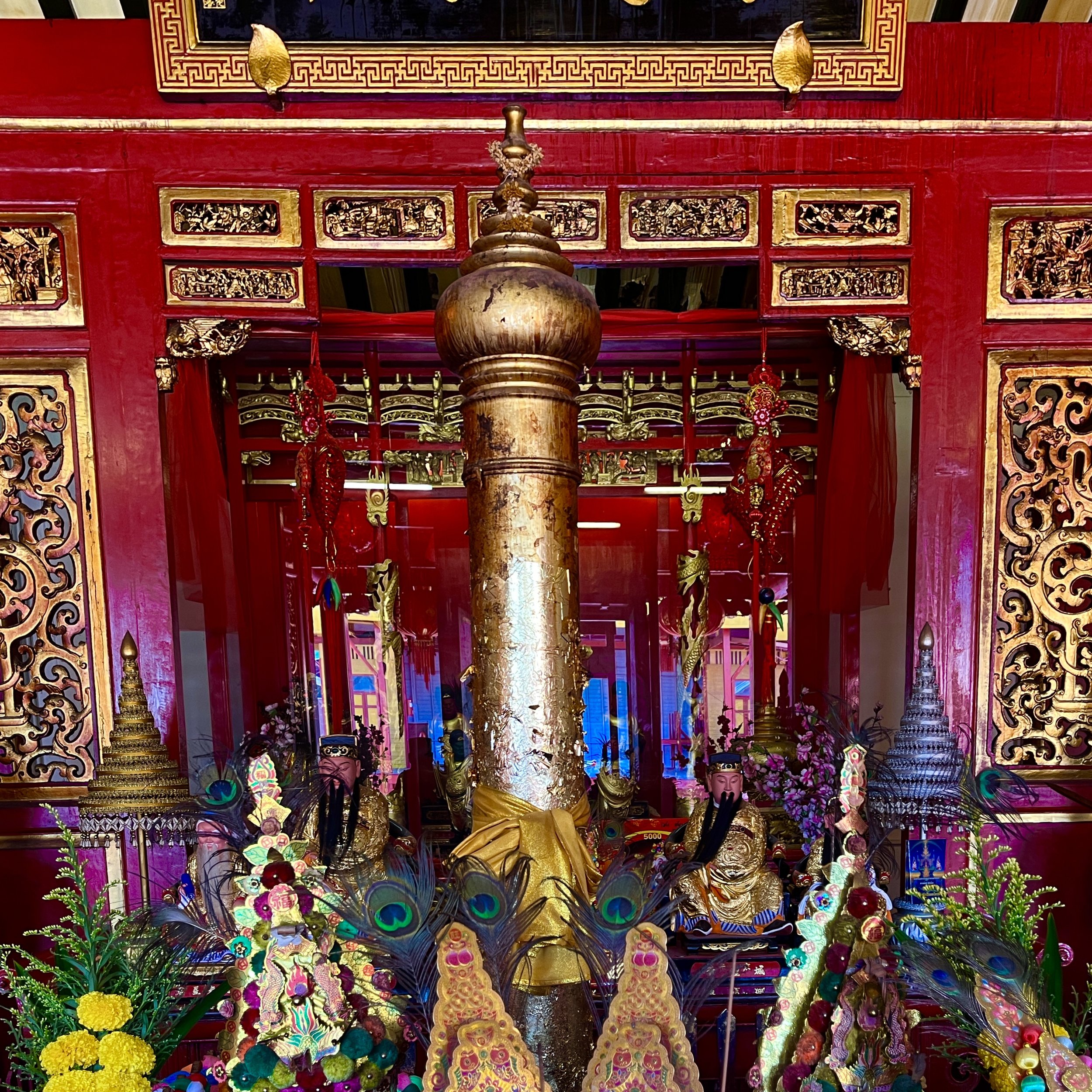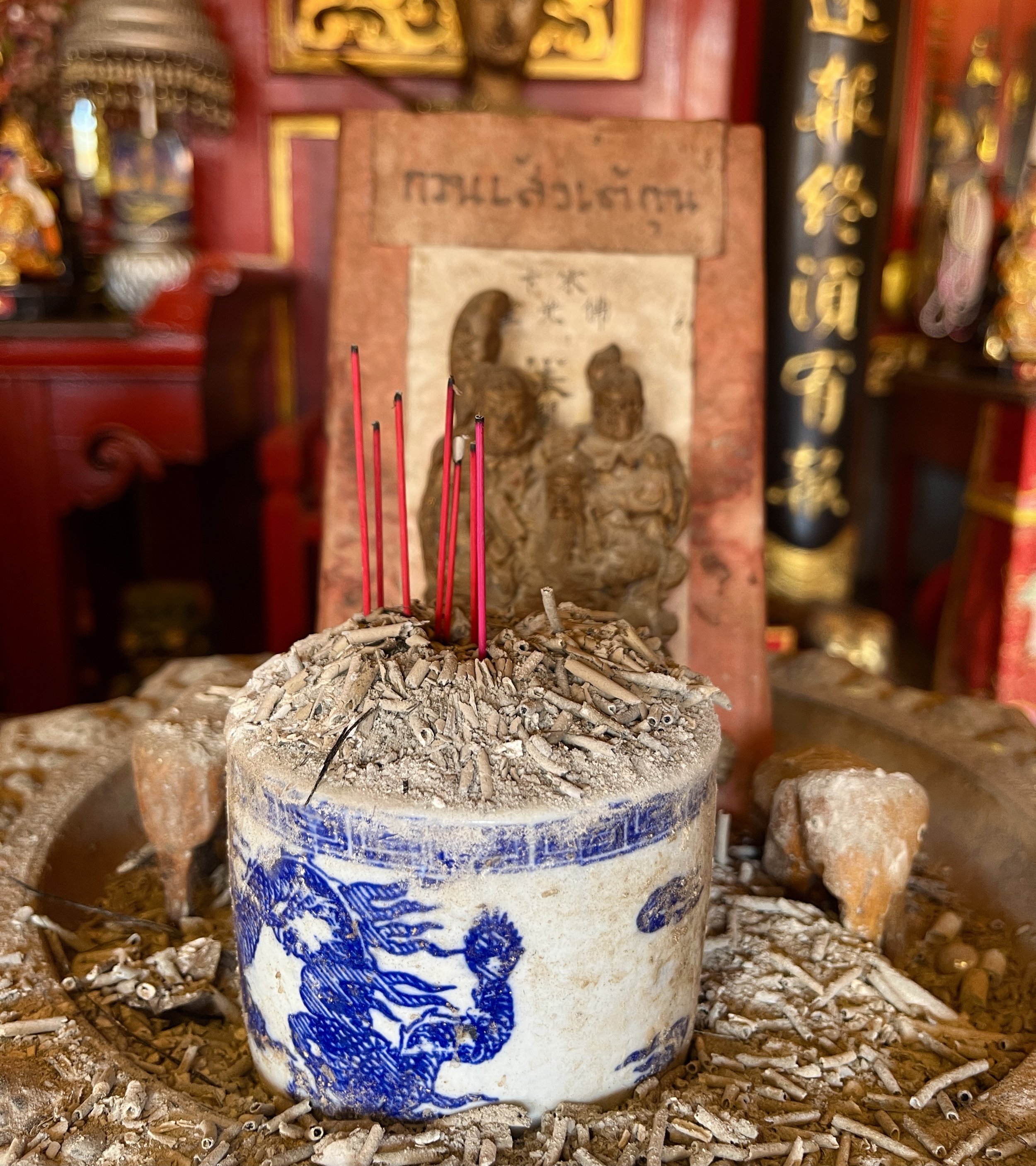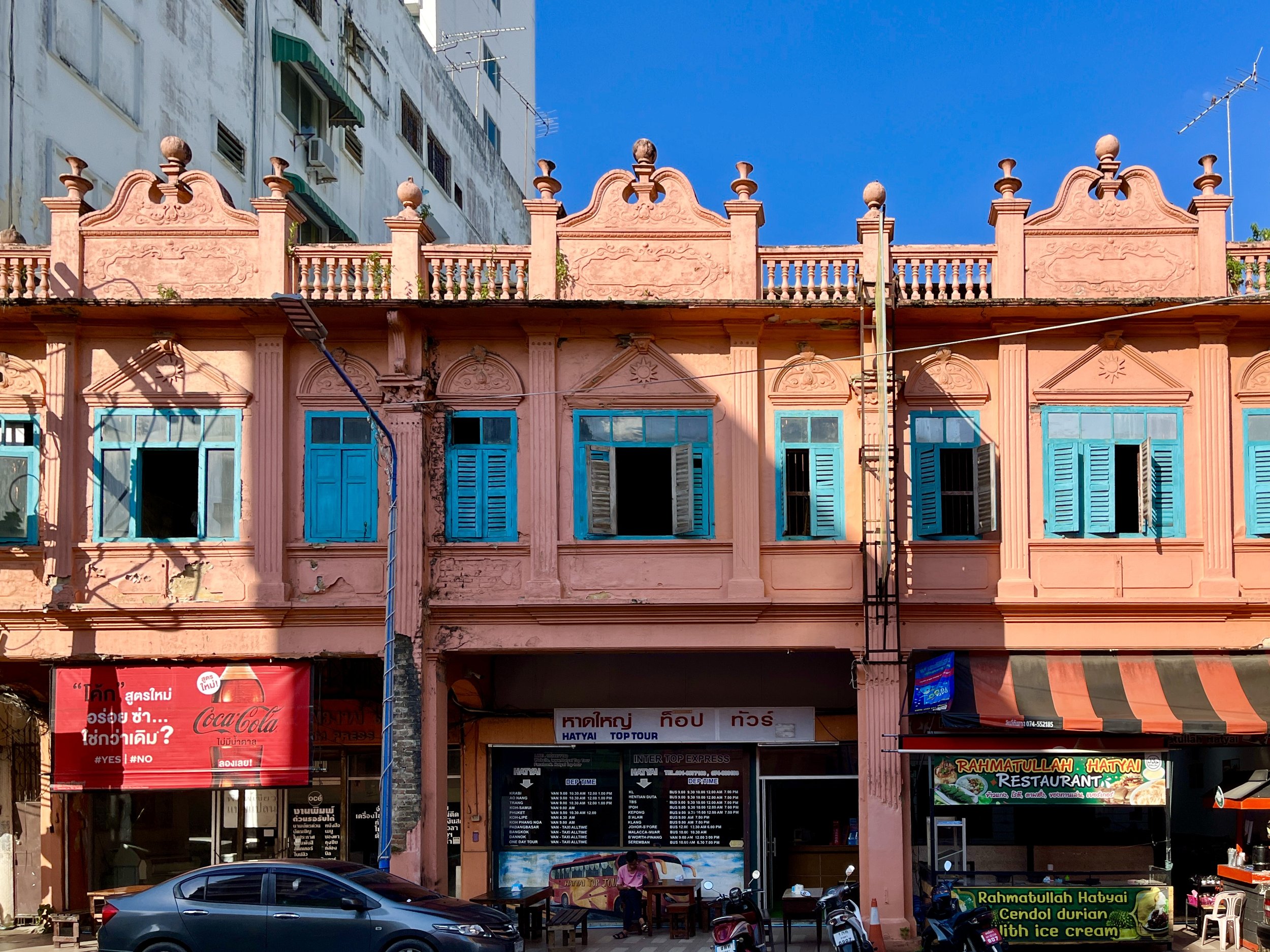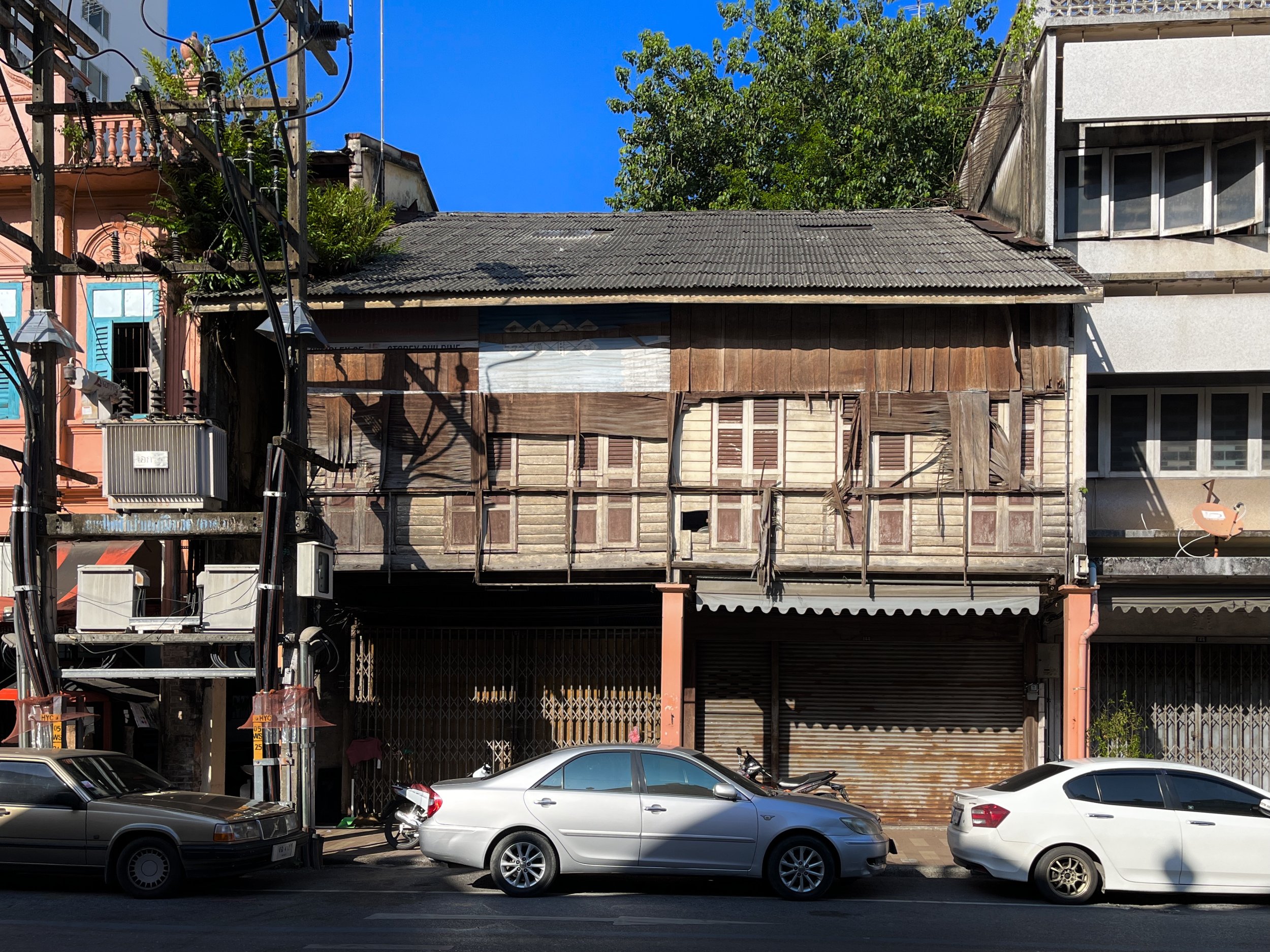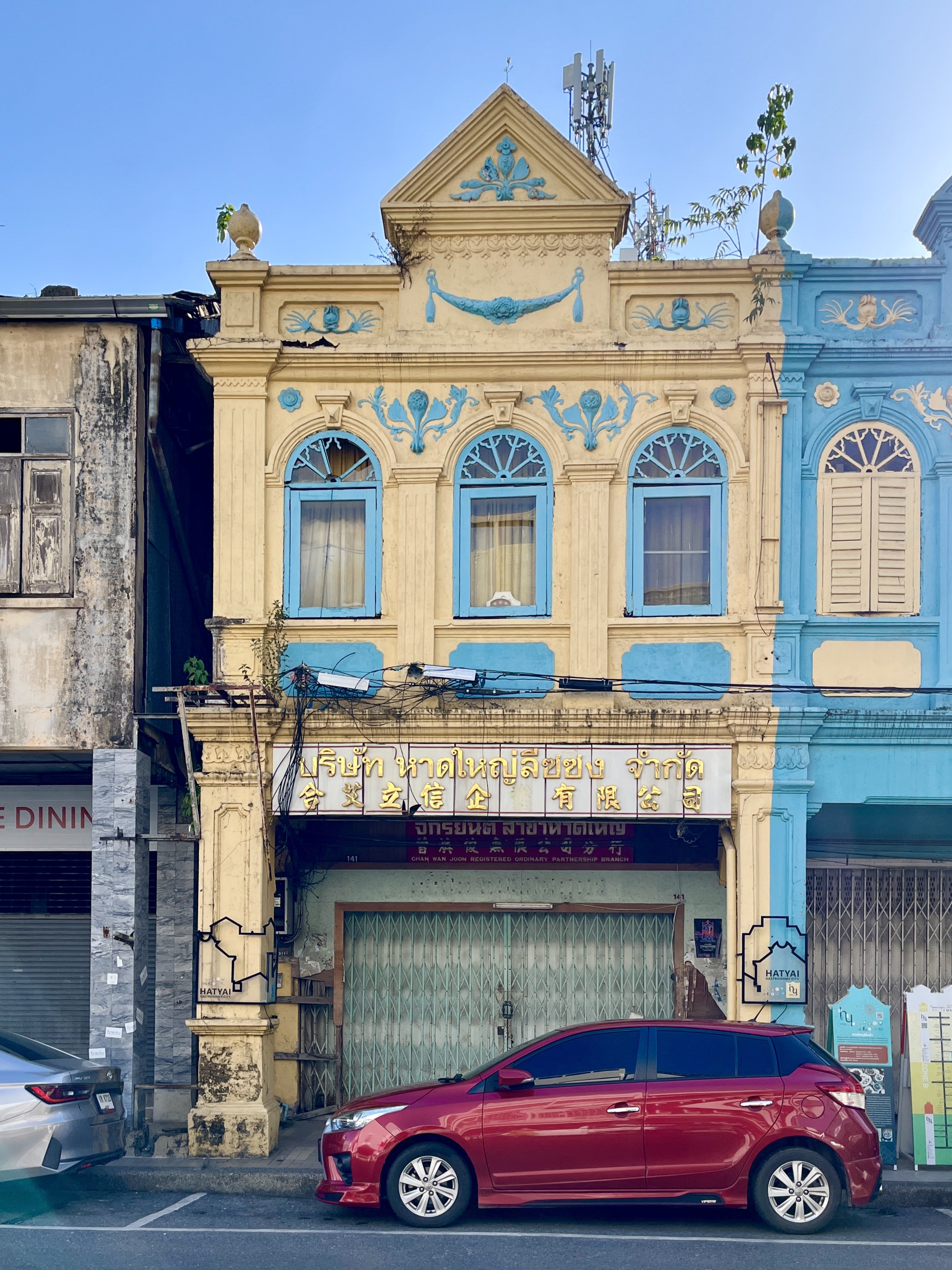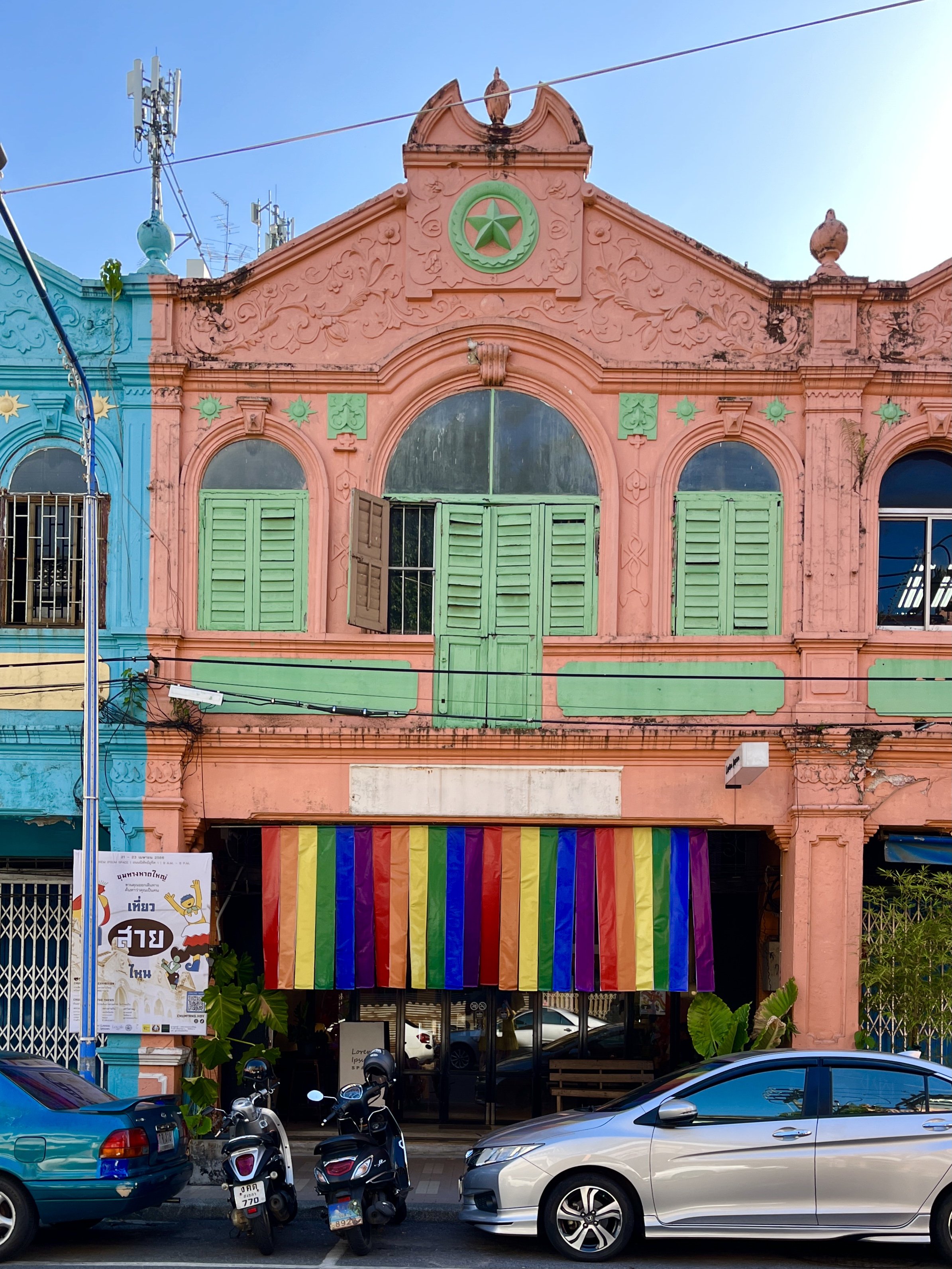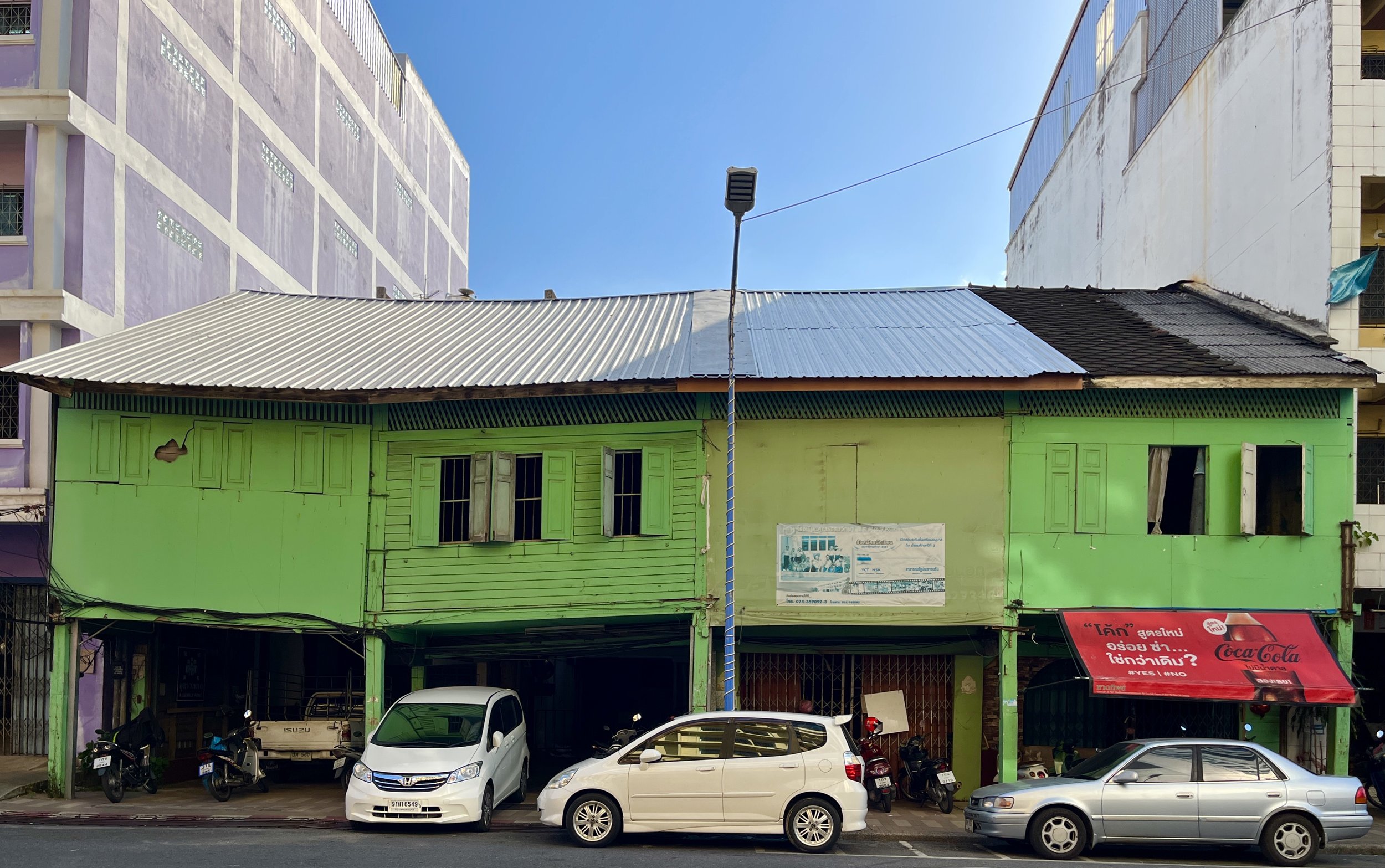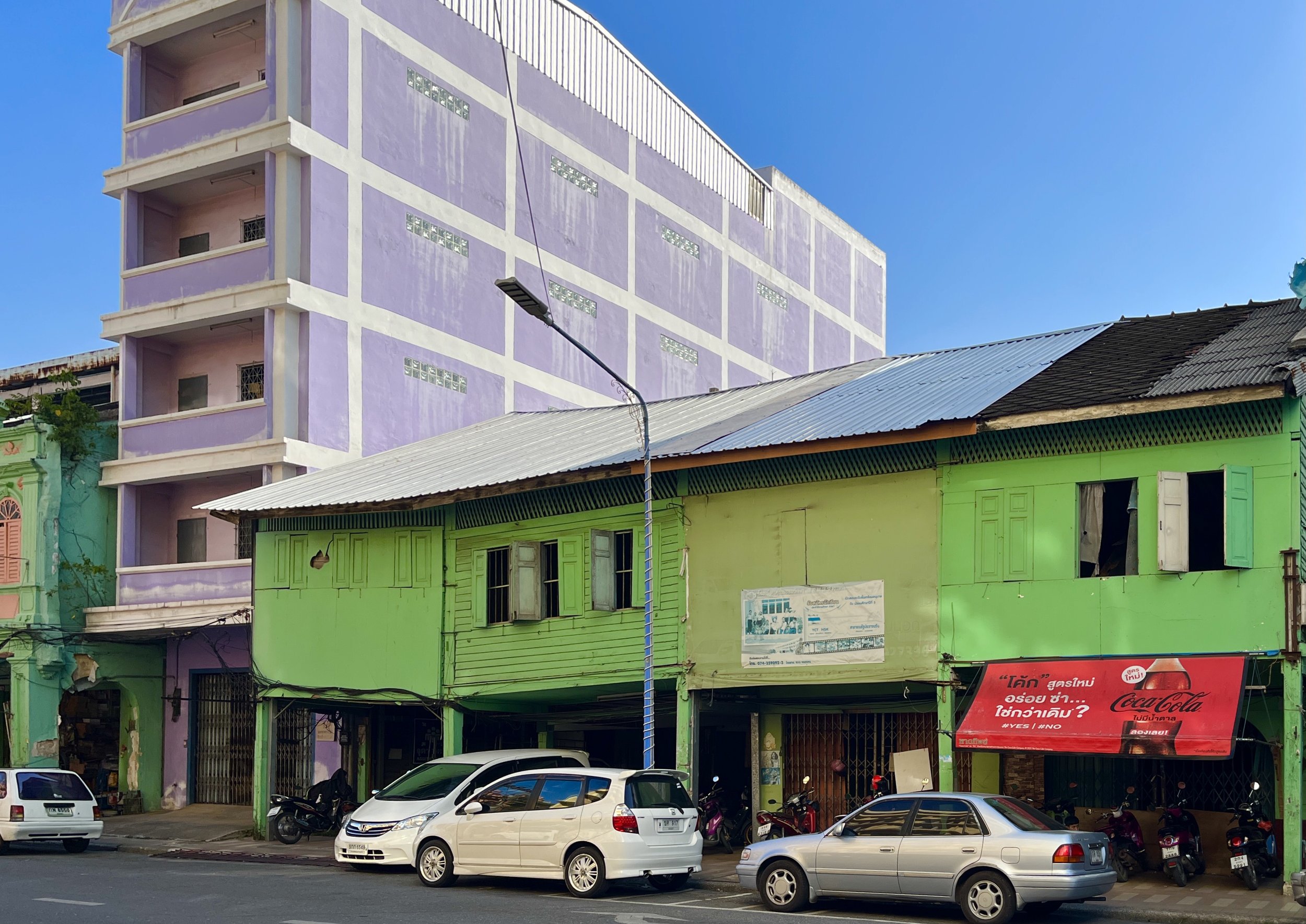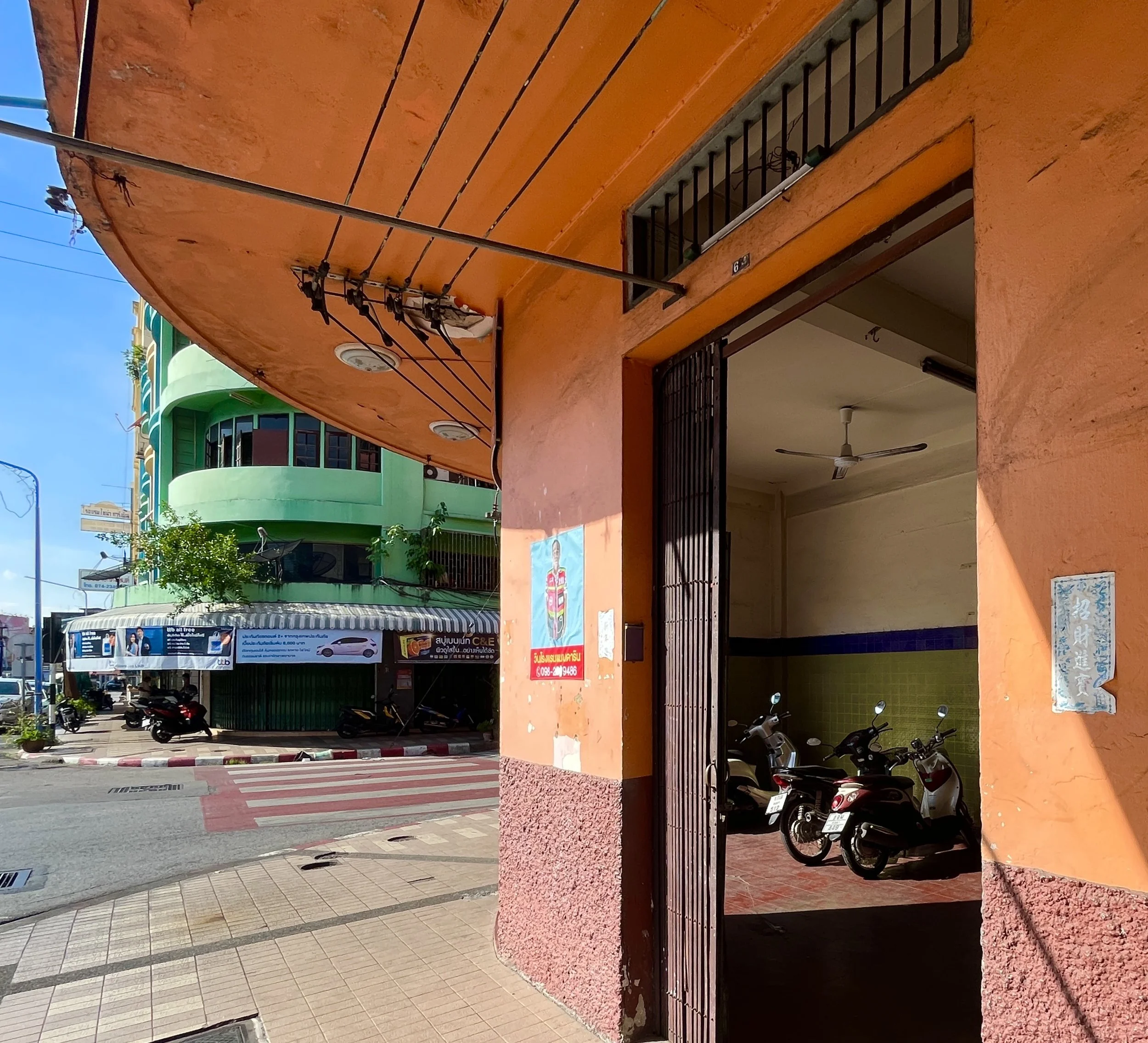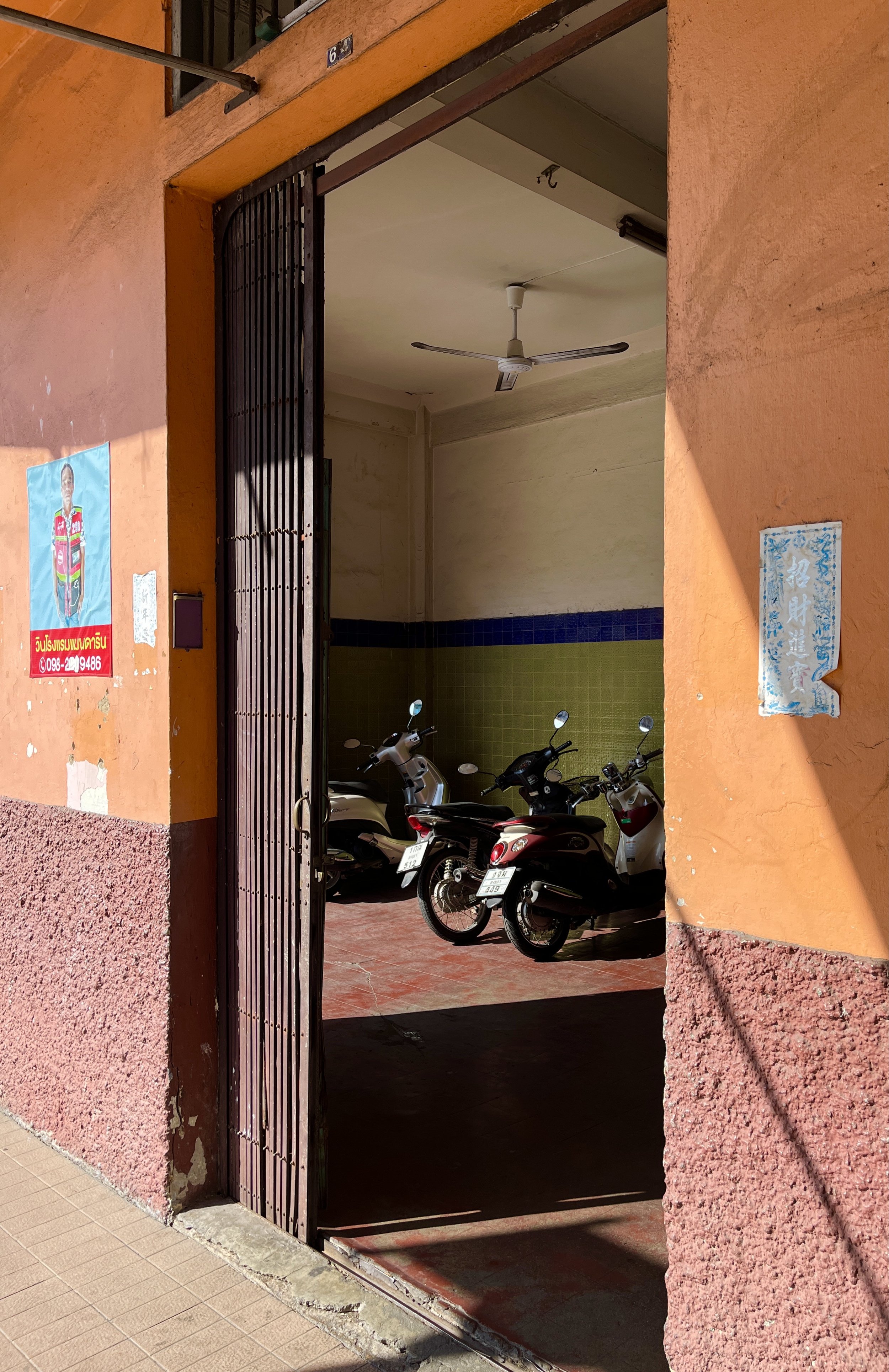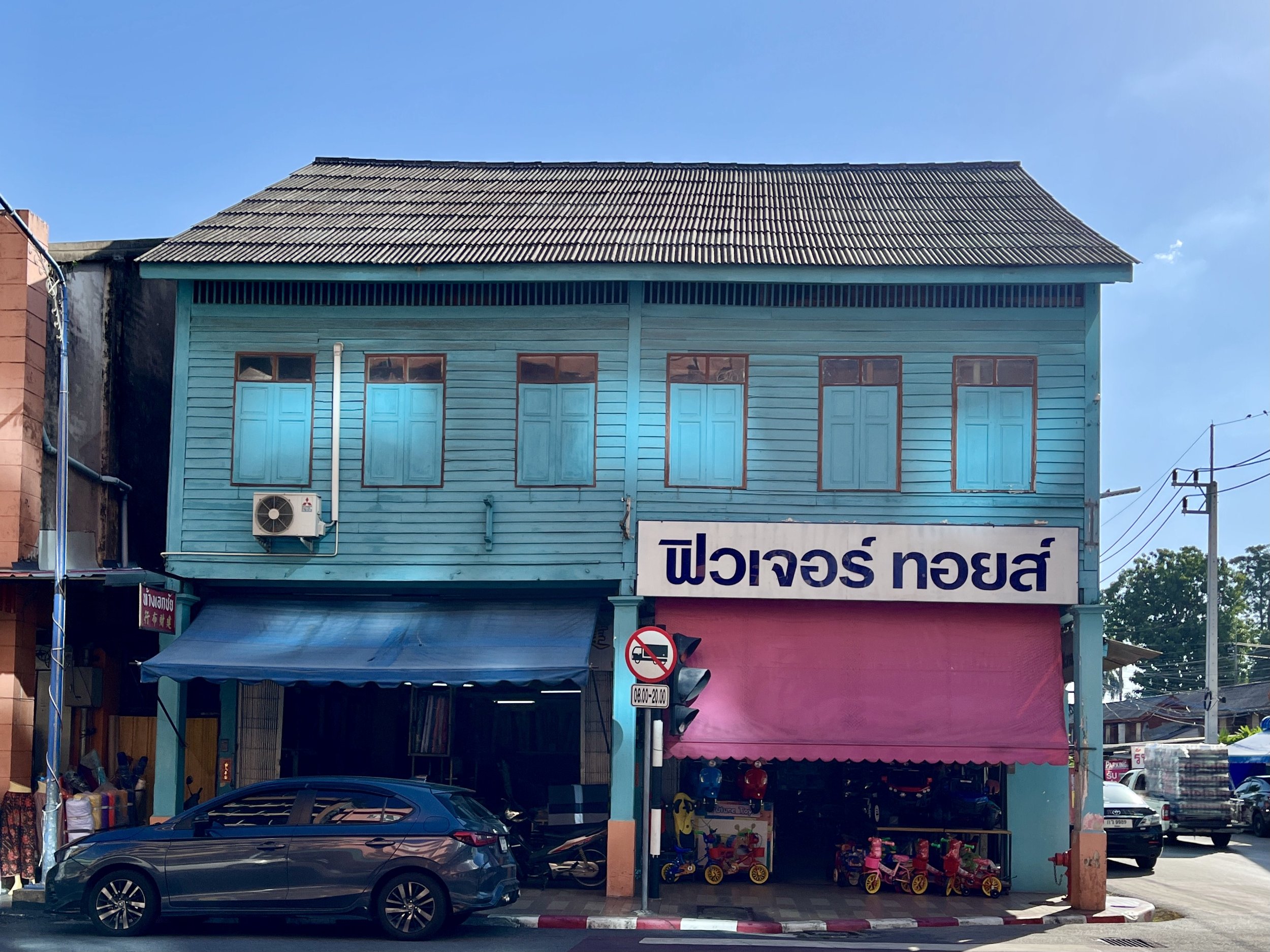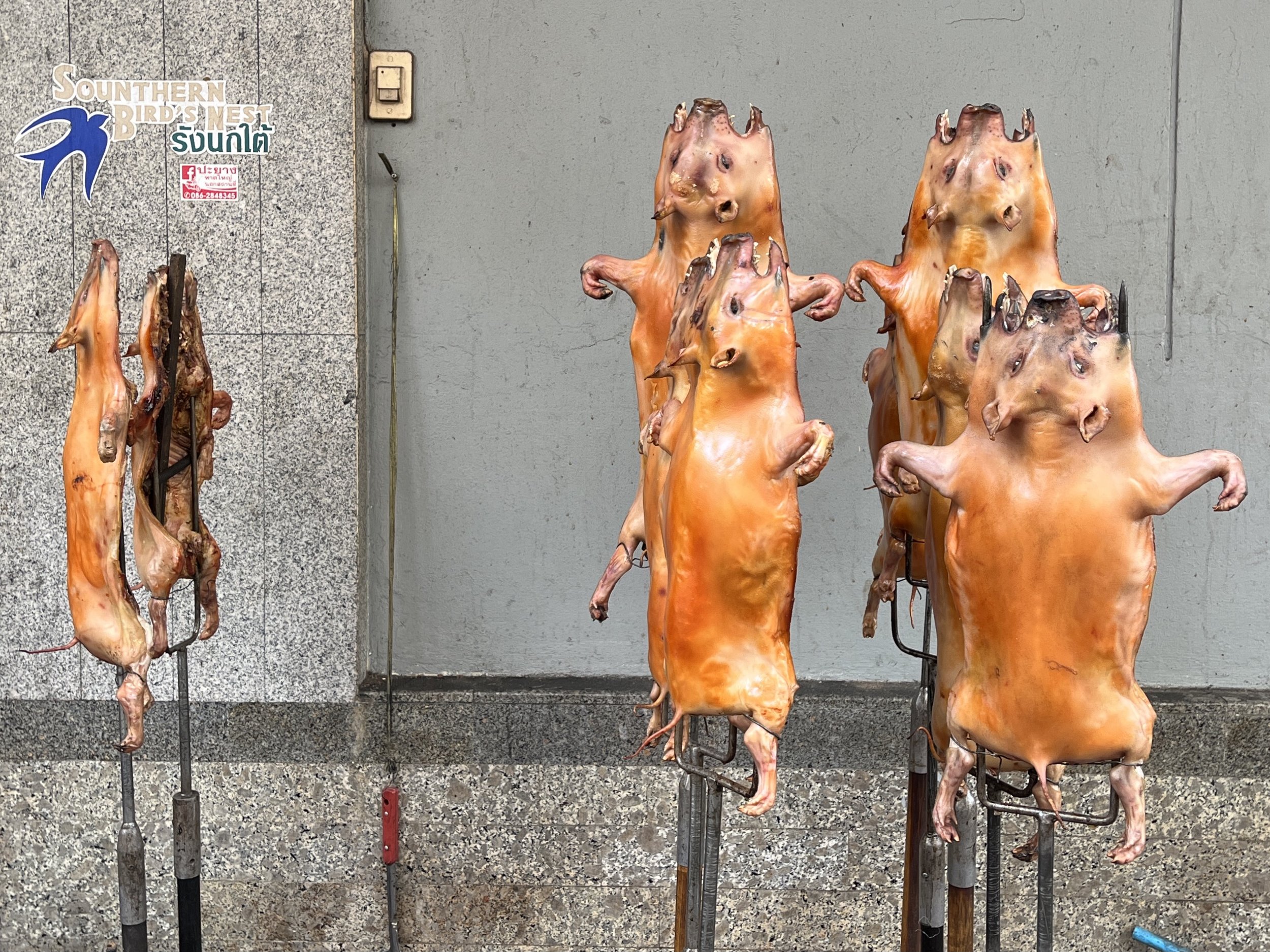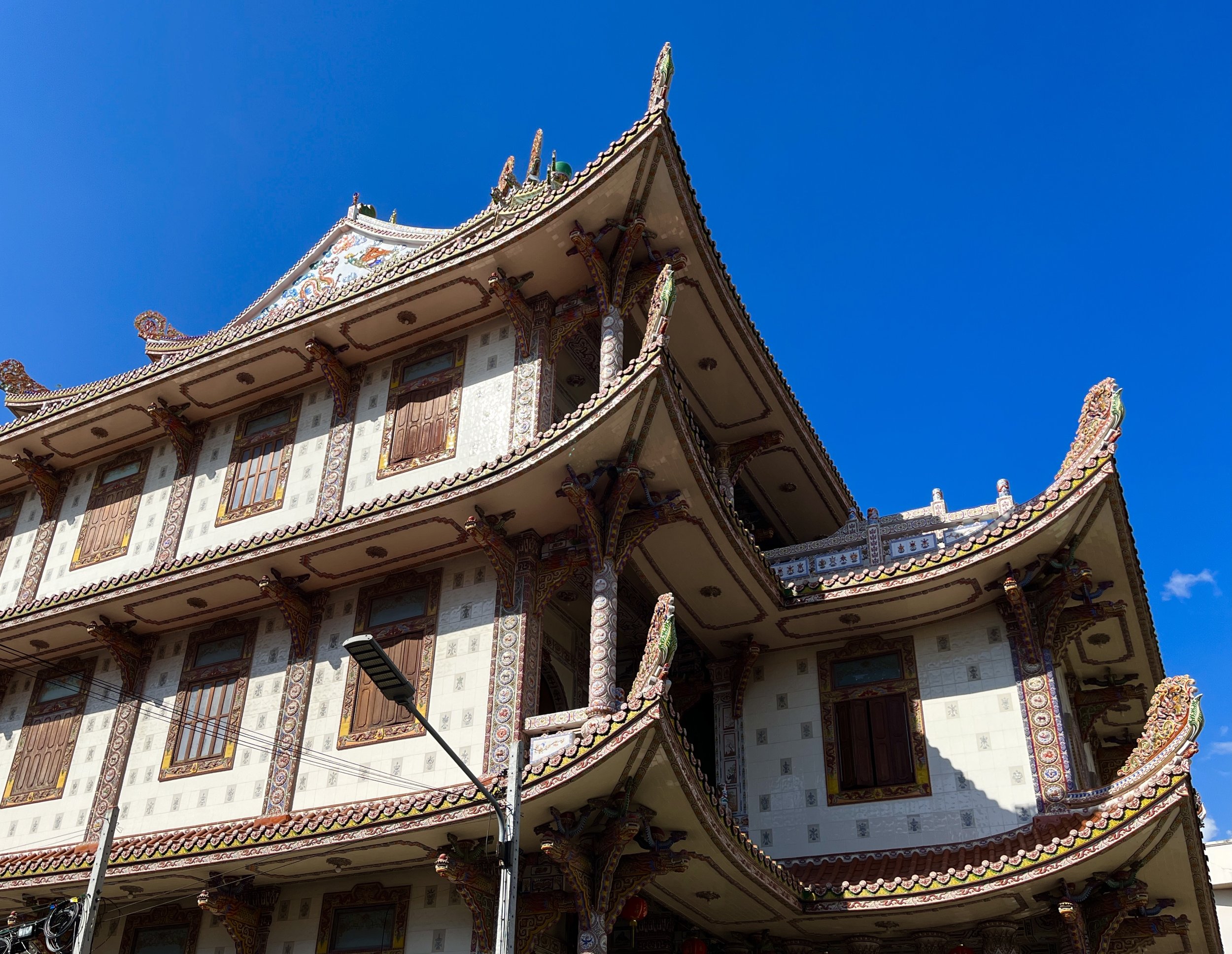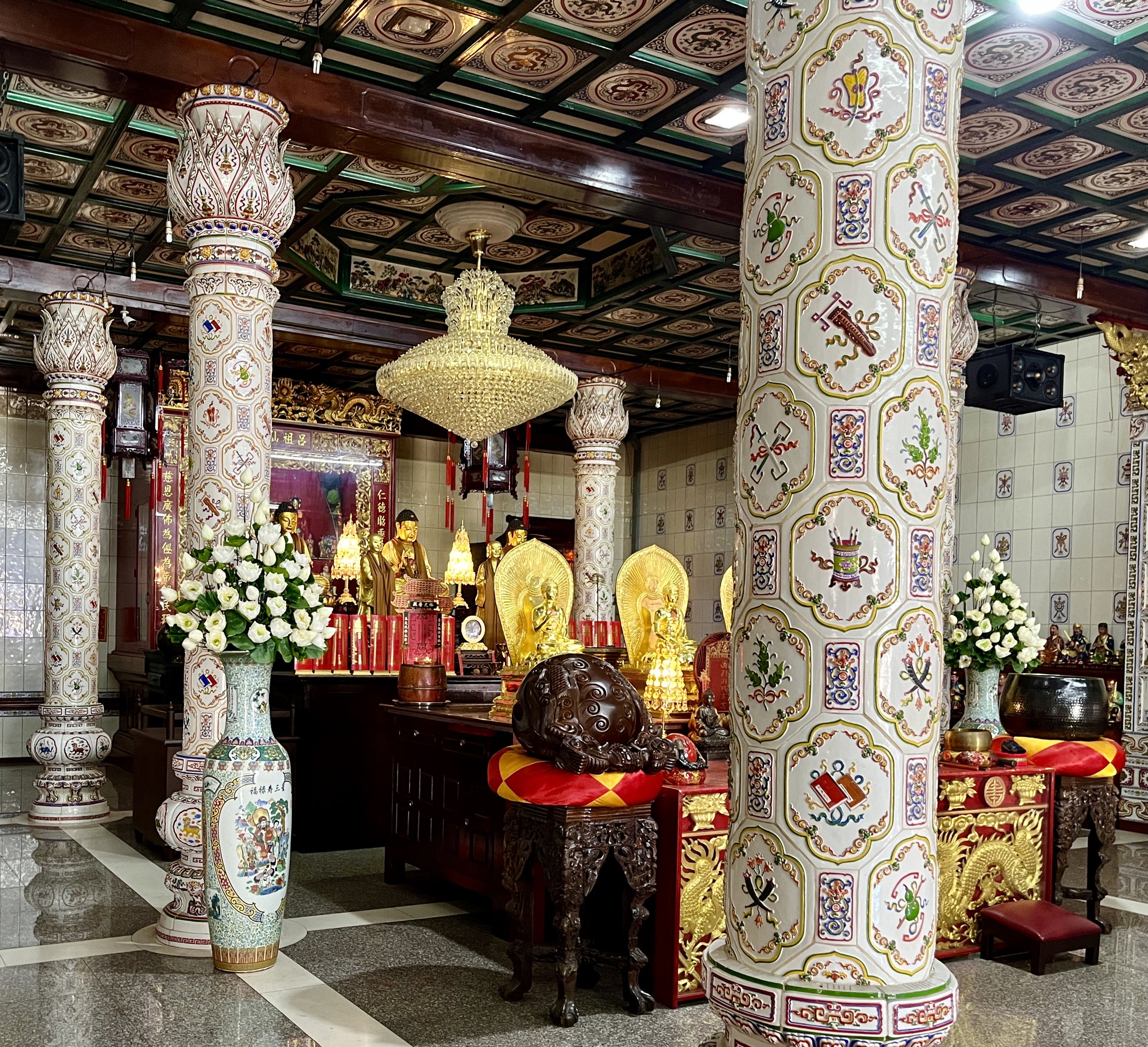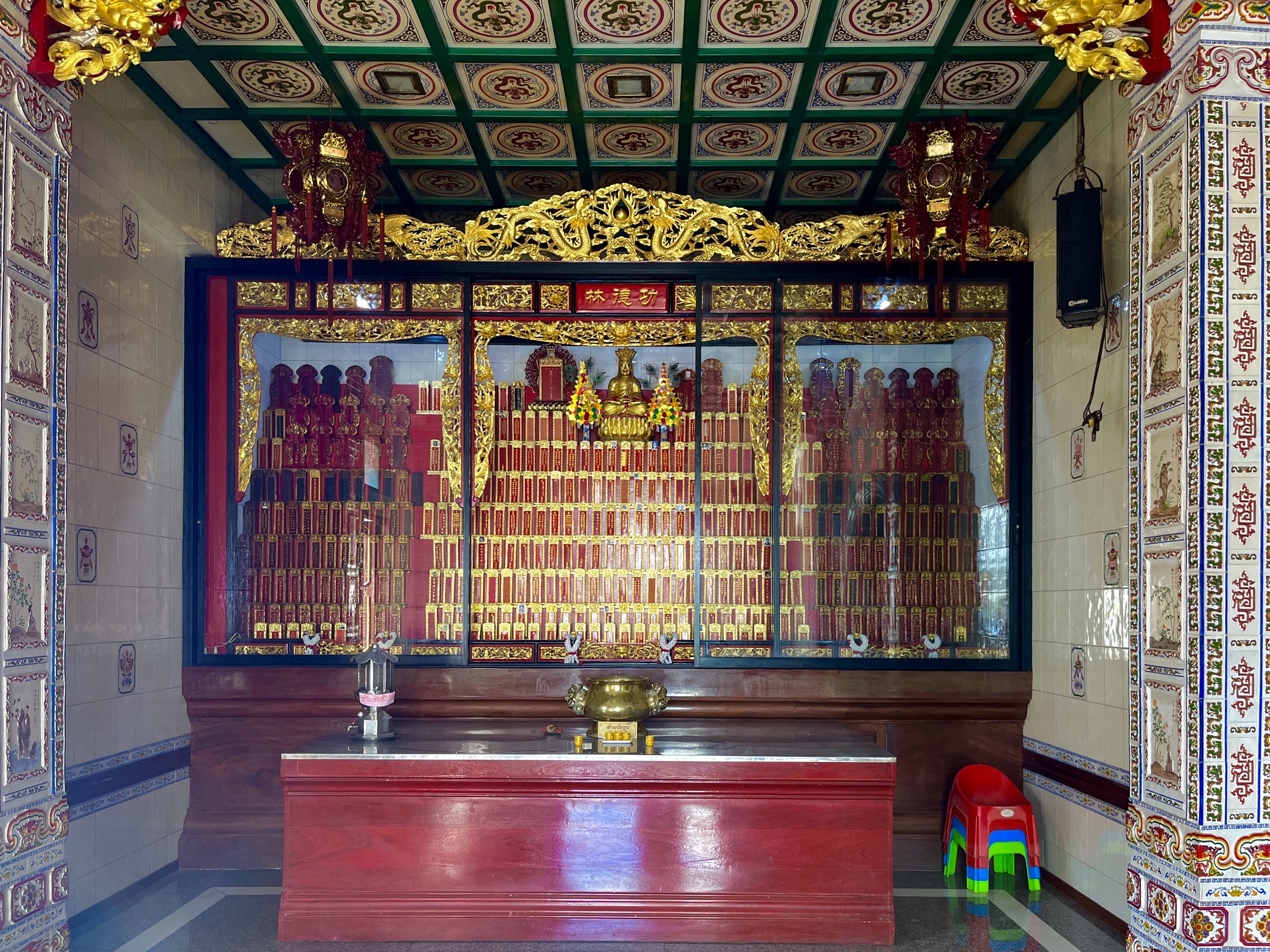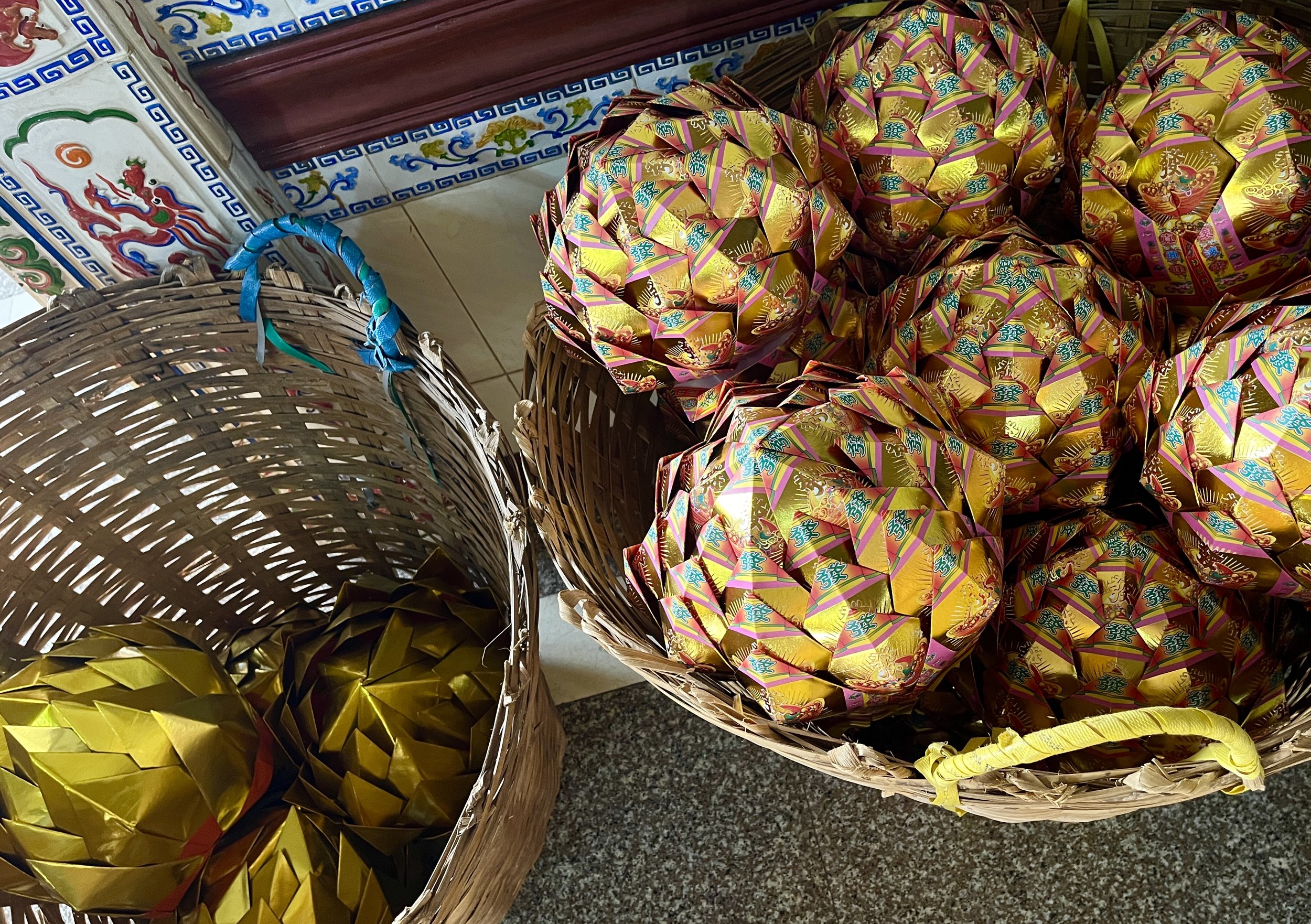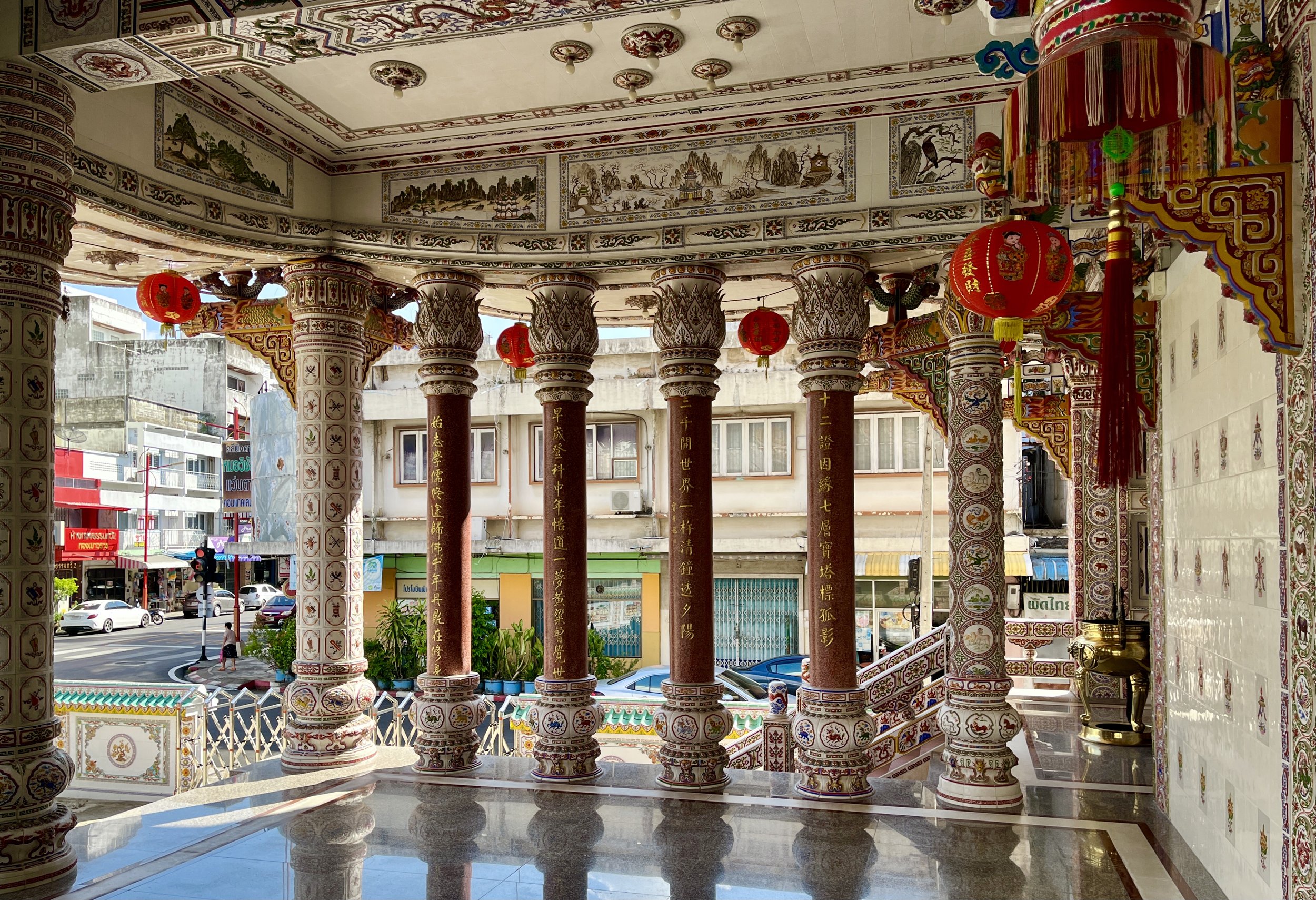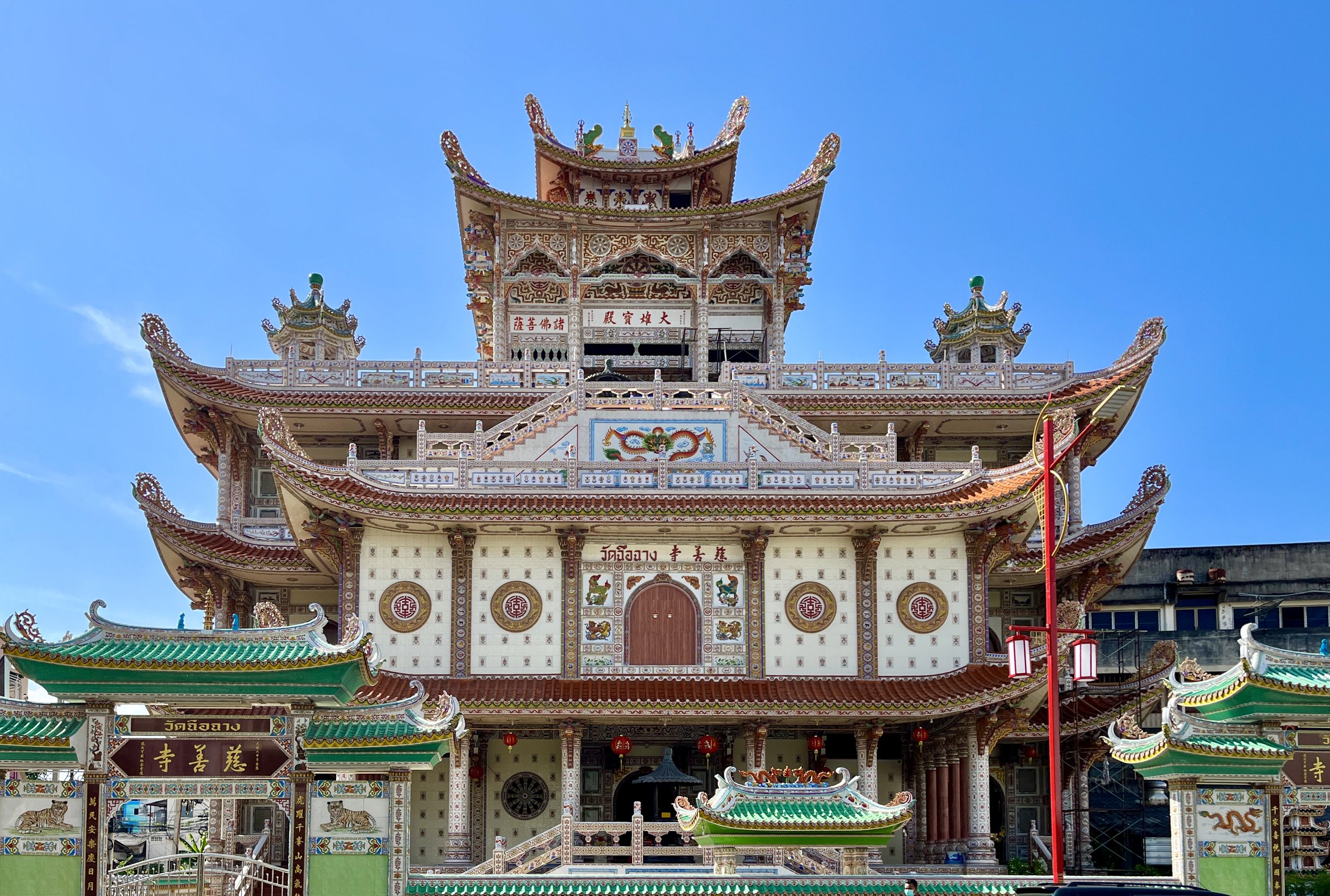In 4.5 years of travel, I’ve been a few overhyped places I regret wasting time on. Mostly it’s farflung locales that claim historically important or naturally majestic sites and fall short. Phattalung was that, but also everything else I hate in a place: smoking being tacitly permitted on the train and in the hotel, absolutely no available transport to see the couple things i was hoping to (not grab or bolt or tuktuk or bus or an expensive cab driver or hotel day tour, not even a fucking bicycle!), not a single good restaurant, no interesting architecture. The place did not have a single redeeming feature, and traveling there and away was a waste of 4 or 5 days of my life.
I tried to make the best of it.
The visit reinforced for me that I need not perform a touristic survey of every place I visit, or travel very far to see something unpromising relative to the marvels I’ve already seen- tourist hotspots do become famous for a reason; ‘off the beaten track’ more often than not just means ‘nothing worth seeing’ in 2024, no matter what dumb youtubers say.
It also clarified for me that I am not wrong for demanding basic, decent service- the hospitality culture in SE Asia is more or less ‘yes guests to death and do nothing no matter the complaint, then pretend they’ve been unreasonable and rude when, after asking for basic service for the 5th, 6th, 7th time they finally get upset, then don’t bother even feigning helpfulness, or even evince malice, because by our fucked up circular logic they’ve lost face so we’re not wrong.’ I’ve decided to just announce, every single place I go, immediately, that I am gravely ill, and demand to be kept away from cigarette smoke, and threaten disaster, and not even pretend to be nice about it . . . because otherwise they prioritize the ‘nice middle aged white lady’ after literally every single other type of guest.
Finally, the total lack of food gave me zero distraction or temptation, so it forced me to figure out a daily keto menu solely from 7-11. Feeling pretty sustainable with what I came up with has reassured me that at least while I’m in Thailand for the next 2.5 months, I’ll be able to only eat what’s important to me: either michelin/truly iconic, or cheap keto to lose some weight.
So . . . here are some pictures of the worst place I’ve been so far.
The train station, with Thailand’s kinda famous picturesque? million year old trains. My window shades didn’t even open on the hour and half smoke filled ride so I didn’t see much. I swear to god this place really was the worst.
The completely uninspirational architecture. Even the old wooden shophouses are so blah. The traditional architecture on the minibus ride from Patthalung to Trang was 1000x better than this.
Finally the wat/cave/viewpoint. The wat is supposedly Ayyuthaya period and restored by King Chulalongkorn, but I saw nothing Ayyuthaya anywhere outside, and the buildings were locked at 11 AM on a Wednesday. The cave was not large, the stalactites were not beautiful, the stairwell leads down to a tiny murky pool, and they insist on shoe removal even though the floor is covered with bat shit. The viewpoint is 25 minutes of breezy mosquito free stair climbing (and therefore the best thing in all of Phattalung), but there’s nothing interesting at the top and it’s completely grown over, so there’s no view.
Yup, lesson learned. If I don’t like a place, fuck it, move on STAT.







